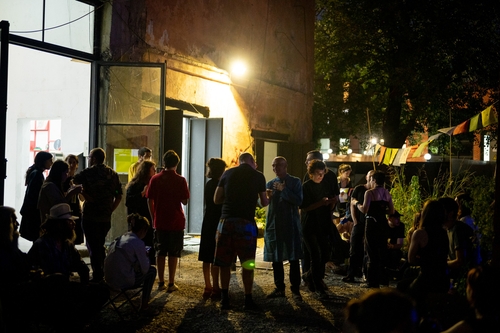ENG / GEO


Education/ Artistic Practice/ Ecology

Center of contemporary art
Current events

01/10/2025 14:00
'Peace Pandemic'
5th Tbilisi Triennial

20/09/2024 02:00
CCA Tbilisi Internship Opportunity
CCA Tbilisi is announcing an internship for three months period.
The intern is expected to work on production of texts related to alternative educational program: Creative Mediation. The ideal intern will be a native English speaker and will be very interested in new forms of education.
We encourage you to apply.
Our e-mail address: invisiblecollegetbilisi@gmail.com
